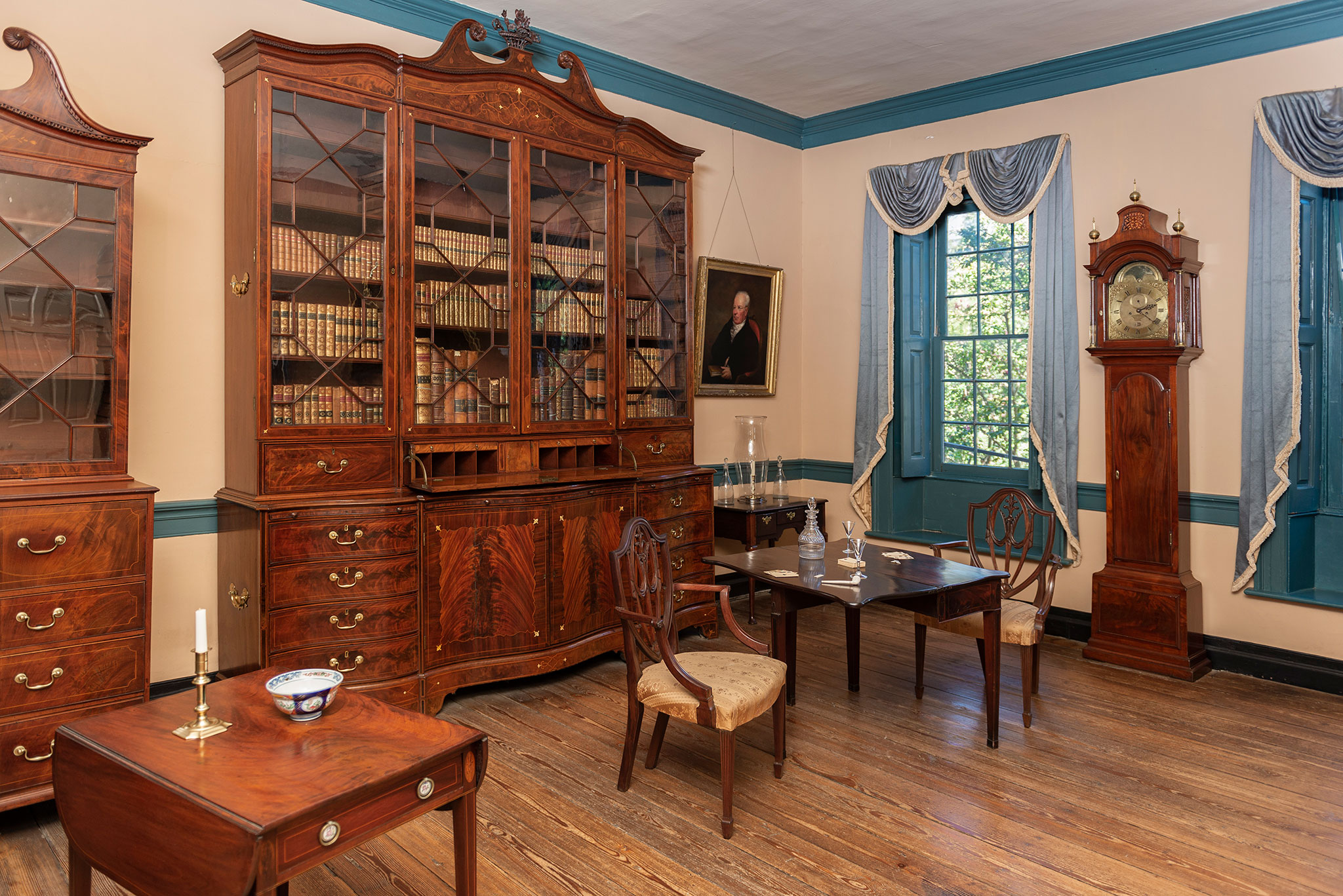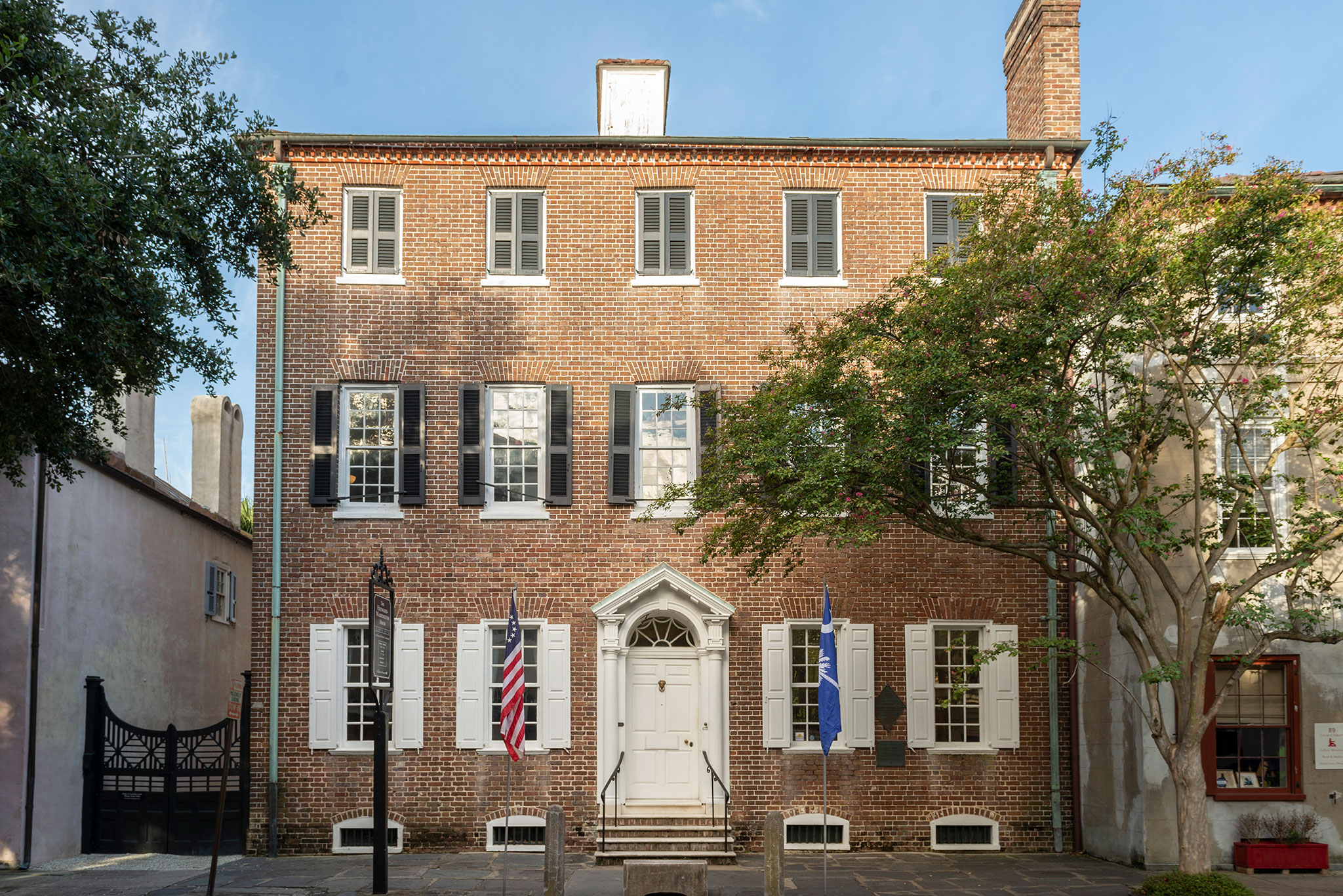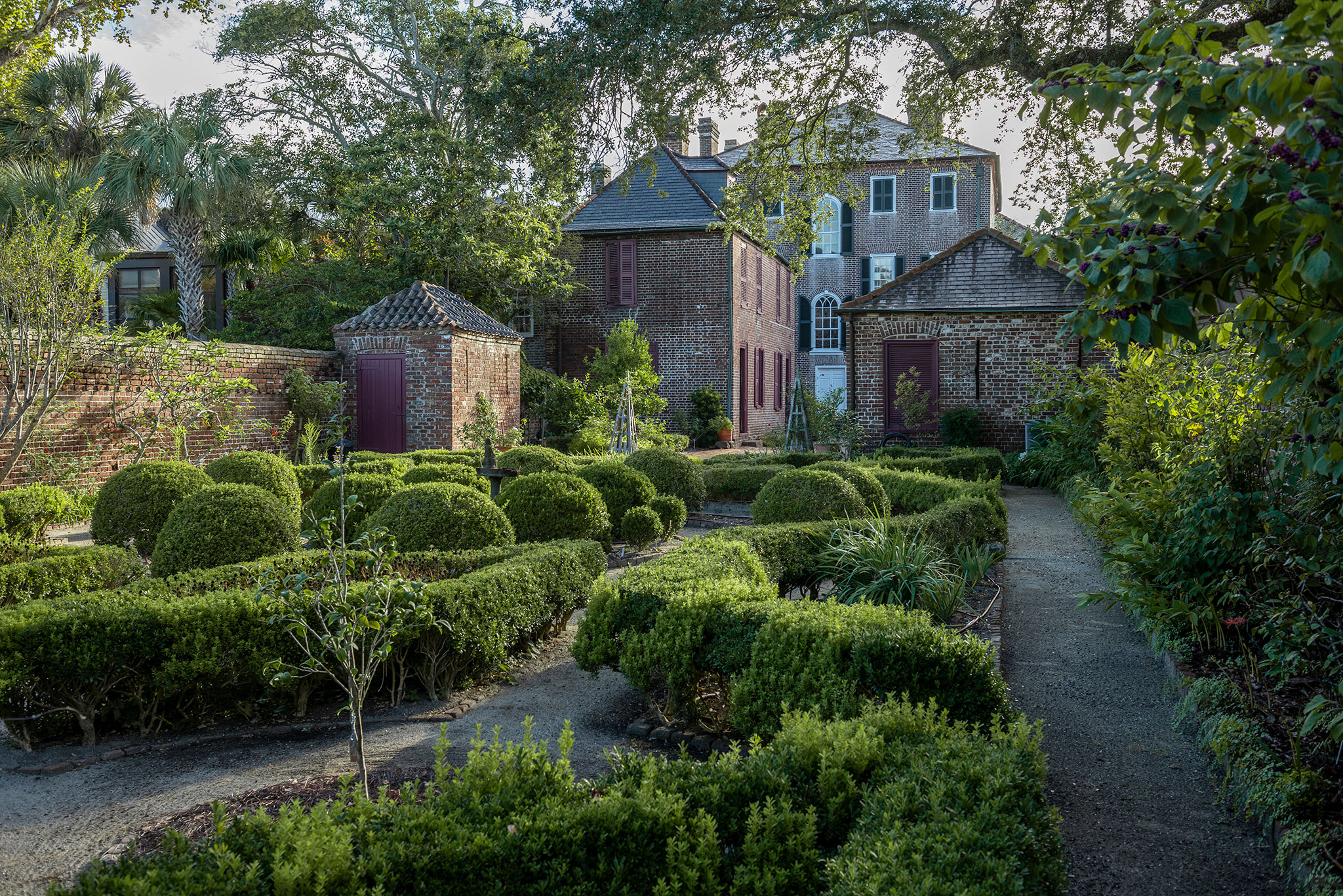Defying the British: Elizabeth Heyward
Portrait of Judge Thomas Heyward, Jr., husband of Elizabeth Matthews Heyward, by Marguerite C. Miller, 1930
(after John Stolle 1891; original by Jeremiah Theus)
As a signer of the Declaration of Independence and member of the militia during the American Revolution, Thomas Heyward Jr.’s dedication to the Patriot cause is well known. What is often overlooked is Elizabeth Matthews Heyward’s patriotism, which equaled that of her husband. She, too, defied the British, and sometimes with serious consequences.
In August of 1780, as the city of Charles Town had been under British occupation for a number of months, Thomas was arrested and sent to St. Augustine where he was imprisoned. That left Elizabeth and her sister, Lois Hall, whose husband was also arrested, alone in the house with their children.
Front exterior of the Heyward-Washington House
According to an account published by Alexander Garden in 1828, in March of 1781 the British ordered the citizens of Charles Town to celebrate their victory at Guilford Courthouse, North Carolina, by placing lit candles in the windows of their homes, but Elizabeth refused. When a British officer came to the house and demanded to know the reason the windows weren’t lit, Elizabeth asked how she could be expected to celebrate a British victory while her husband was a prisoner at St. Augustine. “Not a single light shall with my consent be placed in any window in the house,” she told him. Even when the officer threatened to level the house, still she refused.
On May 12, 1781, the anniversary of the capture of Charles Town, the British again called for the city’s residents to “illuminate” their windows with lit candles to celebrate, and once again Elizabeth refused. This time a mob of angry Loyalists gathered in Church Street, bringing with them brickbats which they threw at the house along with “every type of nauseating trash that could offend or annoy.” British soldiers did nothing to control the mob, which did a fair amount of damage to the façade of the house and terrified the women and children inside. The stress of the event was so great that Lois, who had recently given birth, died shortly after.
Withdrawing room at the Heyward-Washington House
Following the incident, British soldiers apologized for not stopping the mob, and offered to repair the damage to the house. Elizabeth turned them down. She wanted to leave it as a mark of how the British failed to protect them in their own home.
In May 1781 a prisoner exchange was brokered, and Thomas was released from St. Augustine. However, he was not allowed to return to Charles Town, so instead sailed for Philadelphia. Elizabeth decided to leave the city at that time as well to meet him there.
The next year in Philadelphia, Elizabeth was honored by General Washington. He selected her as the Queen of Love and Beauty at a ball given in honor of the birth of the Dauphin of France. Through the British occupation, she had remained dedicated to the Patriot cause.




